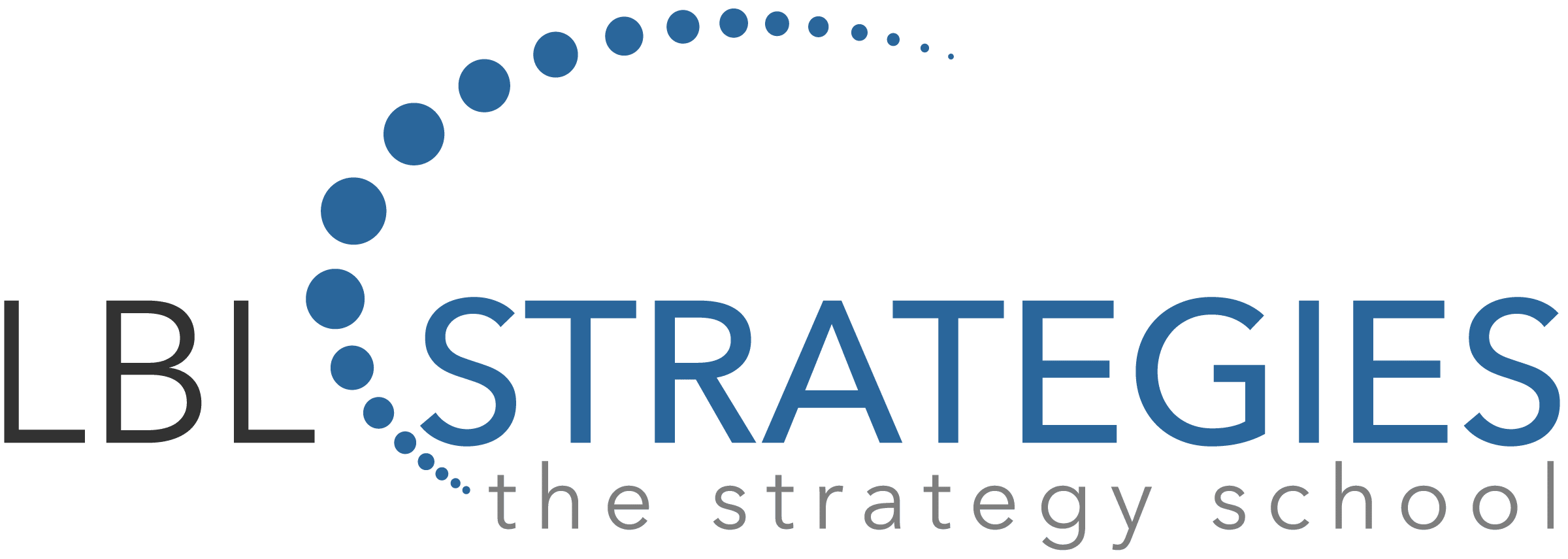In today’s turbulent landscape, where hierarchies clash with networks, the traditional concept of strategy is being challenged like never before. Niall Ferguson’s insightful exploration in “The Square and the Tower” sheds light on the dynamic interplay between hierarchical organizations and networked communities, raising profound questions about the relevance of long-term strategic planning in a world defined by uncertainty and disruption.
Ferguson’s examination of history reveals that throughout the ages, networks have often posed a formidable challenge to hierarchical structures, disrupting established power dynamics and reshaping the course of events. From the Renaissance-era Italian city-states, to Al-Qaeda and the rise of social media platforms, networks have demonstrated their ability to mobilize collective action, foster innovation, and catalyze change in ways that hierarchical organizations often struggle to match.
In the context of today’s business environment, characterized by rapid technological advancements and global connectivity, the dynamics of hierarchies and networks are playing out on a grand scale. Traditional hierarchical organizations, with their top-down decision-making processes and rigid bureaucratic structures, are grappling with the agility and adaptability of networked communities, which thrive on collaboration, decentralization, and information sharing.
Against this backdrop, the relevance of long-term strategic planning comes into question. Can hierarchical organizations effectively chart a course for the future amidst the chaos of a networked world? Or must they embrace a more tactical and opportunistic approach to navigating the uncertain terrain?
Ferguson’s insights suggest that organizations must strike a delicate balance between the stability of hierarchy and the dynamism of networks. While long-term strategic planning remains important for setting direction and goals, organizations must also be prepared to pivot quickly in response to emergent threats and opportunities.
Moreover, Ferguson’s analysis underscores the importance of understanding and leveraging network dynamics in co-creating visions and strategic decision-making. By cultivating connections, building alliances, and harnessing the power of networks, organizations can tap into valuable sources of information, innovation, and support that may lie beyond their traditional hierarchical boundaries.
As leader where do you start? Well in this light, the concept of alignment between strategy and organizational design takes on new significance and a broader definition. Rather than striving for perfect alignment with a preconceived and potentially short lived strategic plan and associated structures, organizations should:
- Focus on co-creating a shared vision with their stakeholders
- Foster a culture of empowerment, agility, experimentation, and collaboration
- Embed agile practices such as the below, adapted from Prof Chris Worley’s work, to create an organization that….
- Perceives the market trends and dynamics,
- Develops potential scenarios and potential organizational responses,
- Coordinates information between colleagues and decision makers timeously, to agree the relevant organizational response,
- Adapt rapidly, taking advantage of emerging opportunities / minimize risks
- Has disciplined delivery, driving six sigma levels of quality, first time, on time in full
- Enables experimentation, both continuous improvements and moon shots, then investing in the best
By Nick Richmond, Director and Organization Design Practice Lead for Tricordant Ltd.
